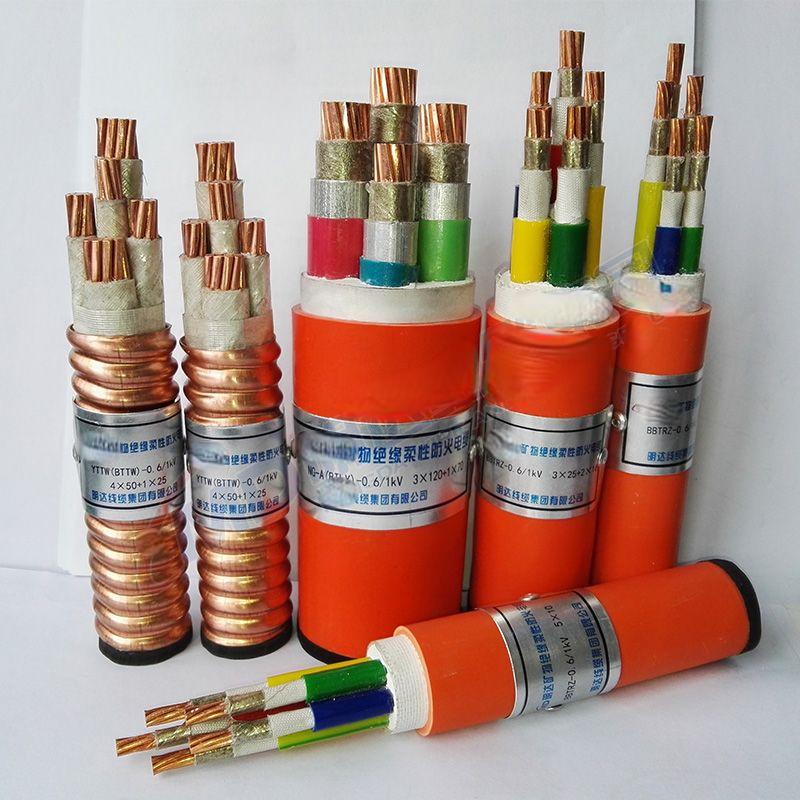Sep . 06, 2024 16:49 Back to list
High-Quality Silent Check Valves - Efficient Flow Control Solutions
Understanding Silent Check Valves Function and Applications
Silent check valves, a crucial component in various fluid systems, are designed to allow fluid to flow in one direction while preventing backflow. Unlike traditional check valves that can create noticeable noise during operation, silent check valves are engineered to minimize hydraulic fluid turbulence and noise, hence the name 'silent.'
Working Principle
The silent check valve operates primarily on the principle of gravity and fluid dynamics. When fluid flows through the valve in the designated direction, it pushes the valve disc open, allowing seamless passage. However, if there is a reversal of flow, the valve disc quickly closes due to the force of gravity and the back pressure from the fluid, thereby preventing backflow. This swift closing action is what reduces the turbulence and noise generally associated with standard check valves.
Design Features
1. Disc Mechanism The disc in a silent check valve is typically made from materials designed to reduce wear and tear. It swings freely and does not make contact with the valve seat until it needs to close, which minimizes noise.
3. Materials These valves can be constructed from various materials including brass, stainless steel, or plastic, depending on the application’s needs, such as corrosion resistance or pressure tolerance.
Applications
silent check valve

Silent check valves are widely used in various industries such as water treatment, HVAC systems, and fire protection systems. Their ability to prevent backflow is essential in maintaining the integrity of fluid systems, especially where backflow could cause contamination or damage.
1. Water Systems In municipal water supply systems, silent check valves help maintain the flow integrity, ensuring that water keeps flowing to households without any backflow issues that could lead to contamination.
2. HVAC In heating, ventilation, and air conditioning systems, these valves help in maintaining efficient flow and preventing pressure surges that could otherwise lead to equipment failure.
3. Fire Protection Silent check valves are crucial in fire suppression systems, ensuring that in the event of an alarm, water flows correctly without risking backflow, which could jeopardize the system's operation.
Benefits
The primary advantages of silent check valves include reduced noise and vibration during operation, increased reliability in preventing reverse flow, and lower maintenance costs due to enhanced wear resistance. Additionally, their compact design allows easy installation in tight spaces, making them a preferred choice in modern engineering solutions.
Conclusion
Silent check valves are indispensable in various fluid applications, combining efficiency with a sophisticated design that prioritizes noise reduction and operational reliability. As industries continue to evolve, the demand for such advanced components will likely grow, making a thorough understanding of silent check valves essential for engineers and system designers alike.
Share
-
Reliable Wafer Type Butterfly Valves for Every IndustryNewsJul.25,2025
-
Reliable Flow Control Begins with the Right Ball Check ValveNewsJul.25,2025
-
Precision Flow Control Starts with Quality ValvesNewsJul.25,2025
-
Industrial Flow Control ReliabilityNewsJul.25,2025
-
Engineered for Efficiency Gate Valves That Power Industrial PerformanceNewsJul.25,2025
-
Empowering Infrastructure Through Quality ManufacturingNewsJul.25,2025